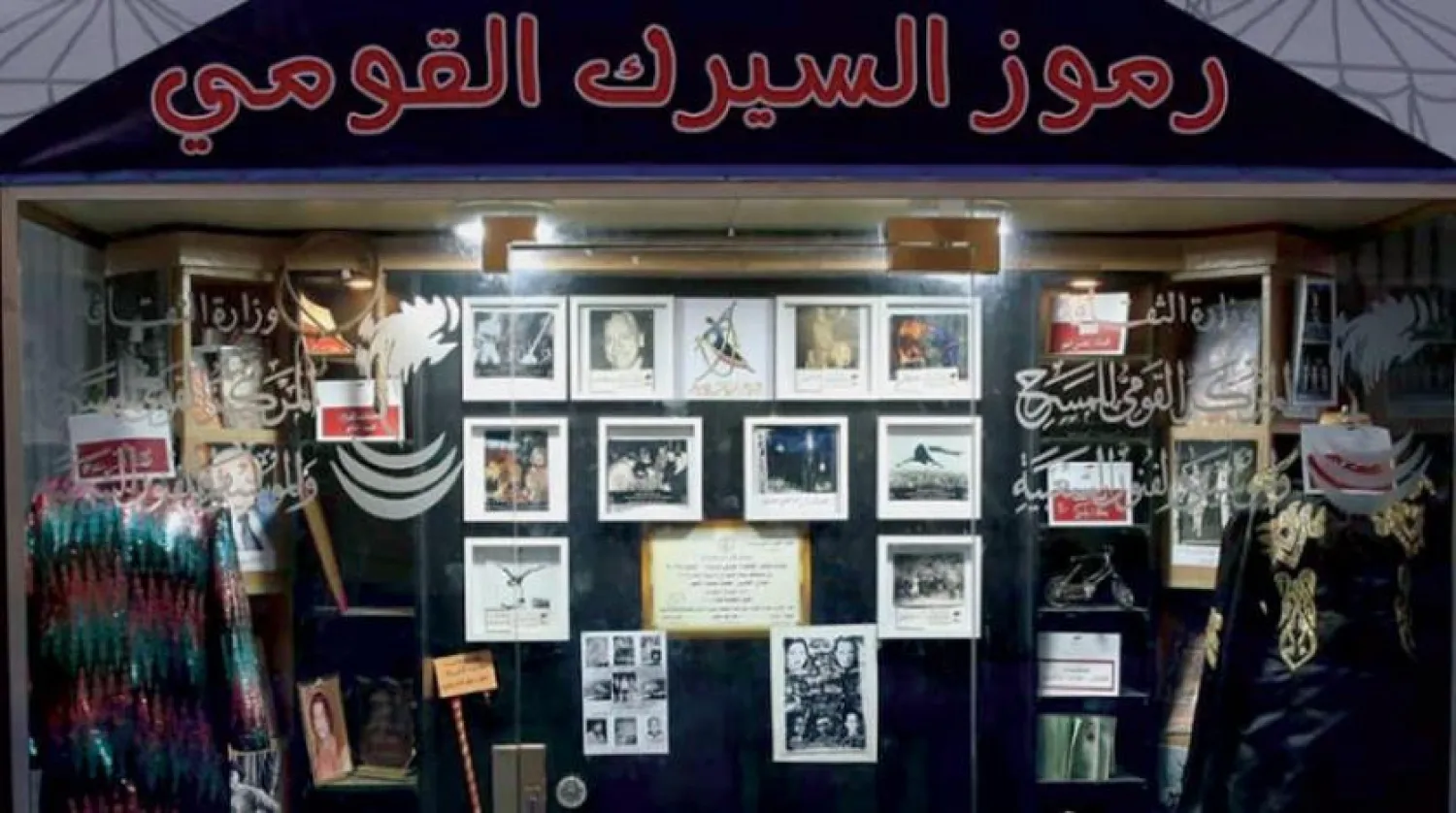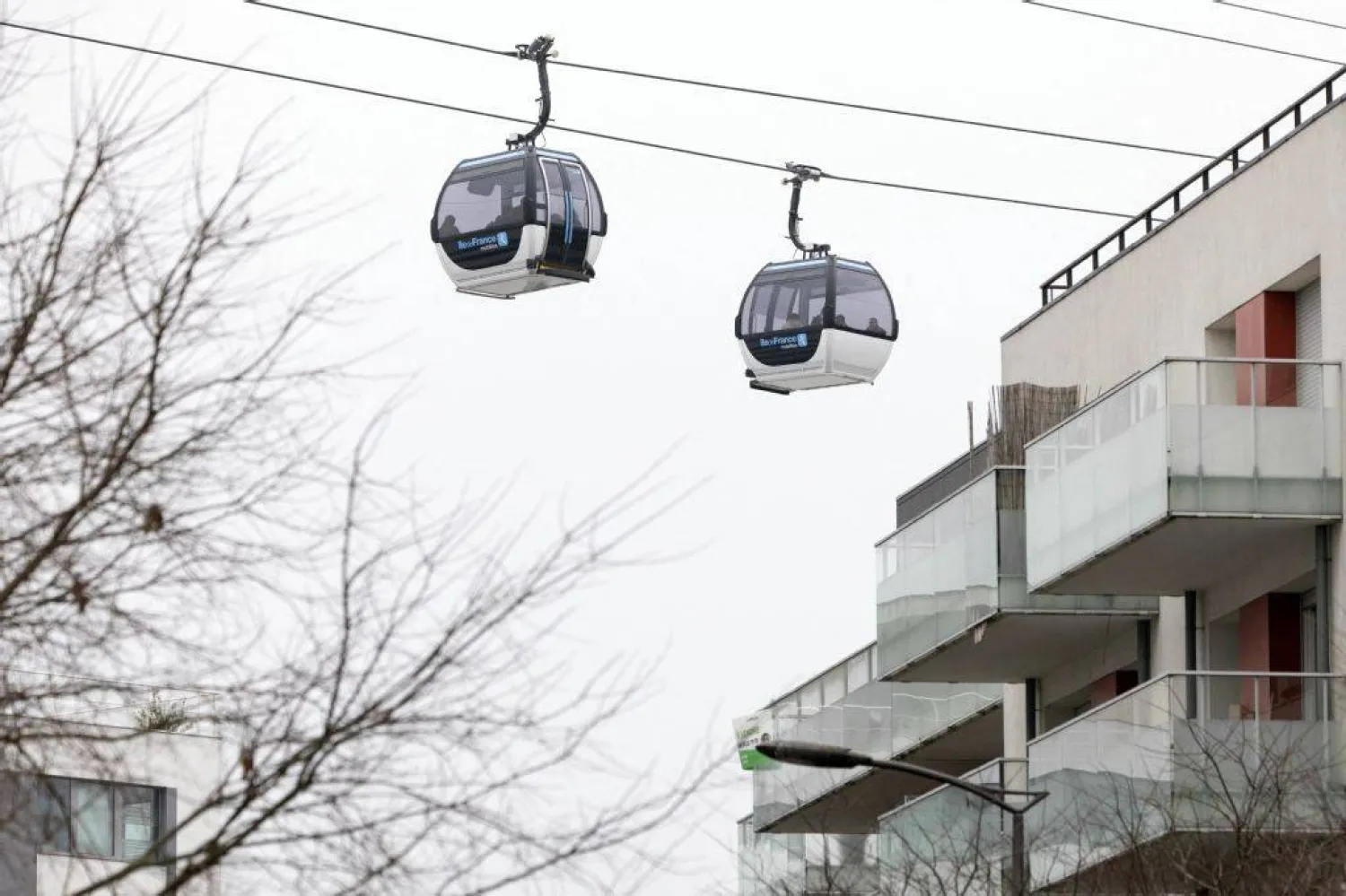To document the history of Egyptian theater, which dates back to 150 years, and celebrate the success of its most iconic performances over the past decades, the Egyptian Ministry of Culture launched an initiative to establish museum pavilions exhibiting rare collections and images of Egypt’s theater icons in state theaters.
According to Dr. Ines Abdel Dayem, the minister of culture, setting up museum pavilions at the National Center for Theater, Music, and Folklore contributes to preserving the essence of Egyptian creativity, which is part of the country’s national identity.
Abdel Dayem inaugurated on Friday the museum pavilion of the National Center for Theater, Music and Folklore at Al-Salam Theater in downtown Cairo, which joins the long list of national theaters, which includes ambitious projects such as the Floating Theater, Al-Ghad, Al-Talia, Balloon, Metropole, and to the National Circus.
The new museum pavilion includes display screens that highlight some of the major works performed on that stage while also introducing the theater directors through a documentary film produced by the National Center for Theater, Music, and Folklore.
The museum also has a photo display of previous works that had been performed at different venues, as well as clothes and costumes of some of the biggest stars in theater.
Yasser Sadiq, artist and head of the National Center for Theater, Music and Folklore, told Asharq Al-Awsat: “The museum pavilions are a cultural art project that seeks to introduce the new generation to the pioneers of the Egyptian theater, while also celebrating their success during the past decades.”
Sadiq confirms that “each theater’s museum pavilion will include several late as well as alive pioneers of Egypt’s theatrical movement, in addition to a marketing outlet for the center’s publications, and a research center that works on theater movements.”
Visitors will have the opportunity to learn about the history of many leading artists through a well-organized platform that accounts for sequence and diversity, according to Sadiq.
Dr. Samia Habib, professor at the Higher Institute for Art, in turn, appreciated the museum pavilion initiative and told Asharq Al-Awsat: “This is a very important event that will attract followers of the Egyptian art, and will contribute to cementing a long-lasting line of communication between the different artistic generations,” while noting that “admiring the history of the Egyptian theater through these pavilions is a right for every intellectual and art lover “.
She adds that exhibiting the center’s various publications is among the most important features of these pavilions and points out that “the narrow paces of the pavilions do not limit the thrill of this new experience, as expanding the display of artists’ collections in different theaters may damage them.”









